Service
Proctoring of cardiovascular procedures
Proctoring in the context of training for complex medical procedures is a specialized form of supervision that is crucial for ensuring both the competence of medical professionals and the safety of patients. Here’s an overview of how proctoring plays a vital role in the medical field, particularly during the training and execution of complex procedures:
Service
Proctoring of cardiovascular procedures
Proctoring in the context of training for complex medical procedures is a specialized form of supervision that is crucial for ensuring both the competence of medical professionals and the safety of patients. Here’s an overview of how proctoring plays a vital role in the medical field, particularly during the training and execution of complex procedures:
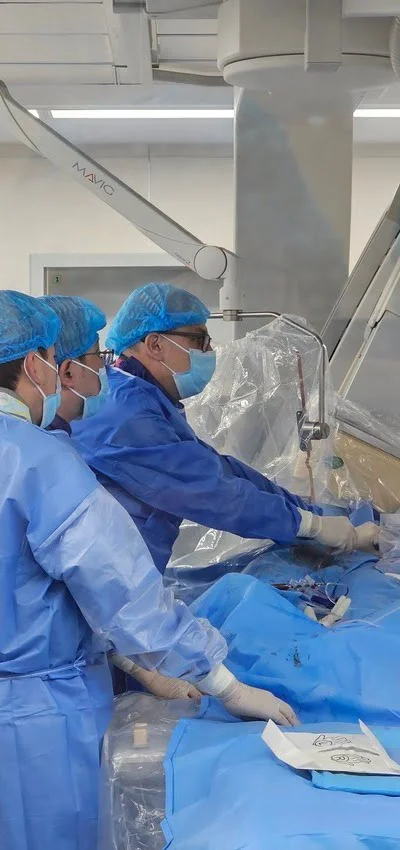
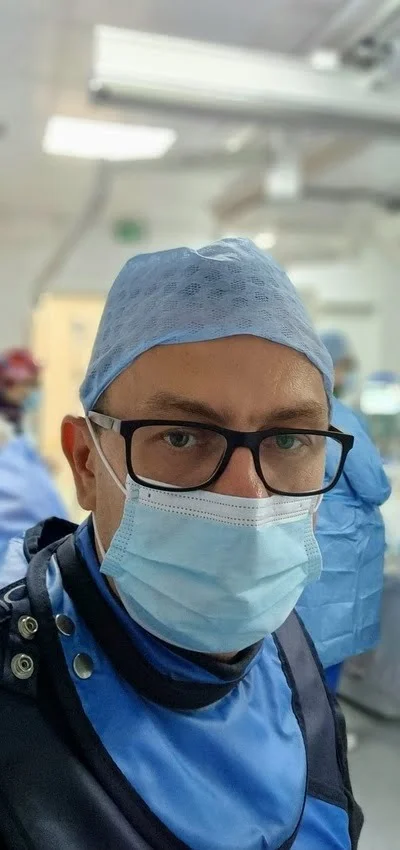
Key Functions
Direct Supervision and Mentorship
Proctors in medical training often serve as mentors, providing direct oversight and guidance during the performance of complex medical procedures. This hands-on guidance ensures that trainees learn to perform procedures correctly, safely, and efficiently.
Skill Assessment and Feedback
Proctors assess the technical skills, decision-making abilities, and overall competence of medical trainees. They provide immediate feedback, helping trainees understand their strengths and areas for improvement, which is crucial in high-stakes environments where precision is paramount.
Standardization of Training
Proctors ensure that training follows standardized protocols that align with current best practices and regulatory requirements. This standardization helps maintain consistency in training across different institutions and geographical locations.
Patient Safety
During training sessions, proctors are responsible for intervening if a procedure may compromise patient safety. Their presence ensures that all procedures conducted by trainees are performed within safe limits, minimizing risks to patients.
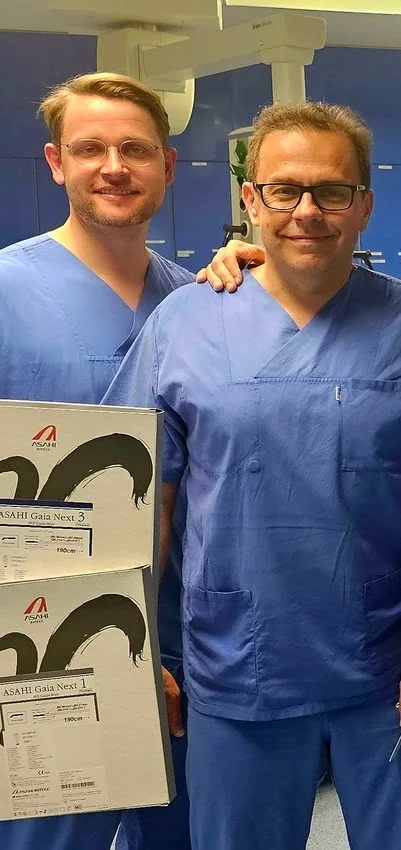
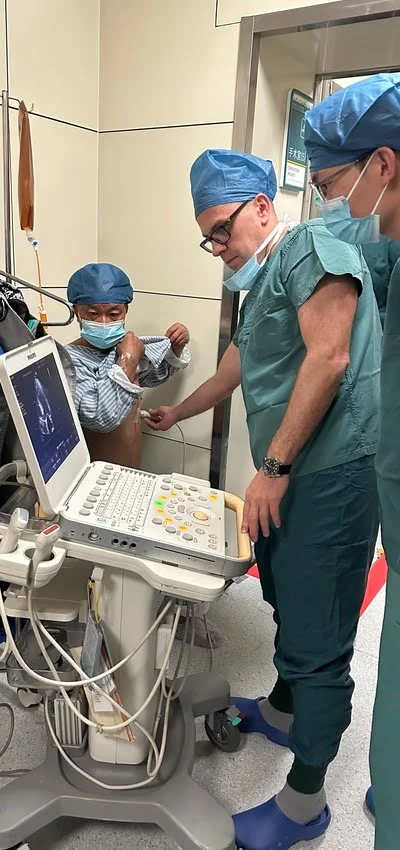

Key Functions
Direct Supervision and Mentorship
Proctors in medical training often serve as mentors, providing direct oversight and guidance during the performance of complex medical procedures. This hands-on guidance ensures that trainees learn to perform procedures correctly, safely, and efficiently.
Skill Assessment and Feedback
Proctors assess the technical skills, decision-making abilities, and overall competence of medical trainees. They provide immediate feedback, helping trainees understand their strengths and areas for improvement, which is crucial in high-stakes environments where precision is paramount.


Standardization of Training
Proctors ensure that training follows standardized protocols that align with current best practices and regulatory requirements. This standardization helps maintain consistency in training across different institutions and geographical locations.
Patient Safety
During training sessions, proctors are responsible for intervening if a procedure may compromise patient safety. Their presence ensures that all procedures conducted by trainees are performed within safe limits, minimizing risks to patients.

benefits of proctoring
Challenges
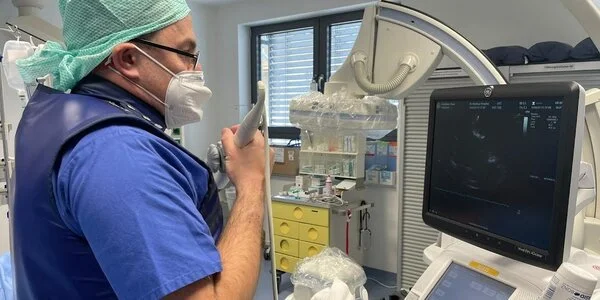
Resource Intensity
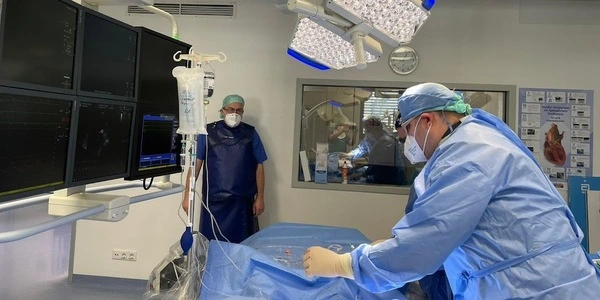
Balancing Intervention with Independence
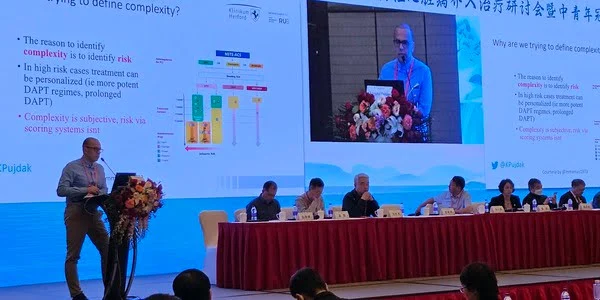
Keeping Current
Implementation
Effective proctoring in medical training typically involves a structured approach, including:
Pre-Procedure Briefings
Discussing the goals, steps, and potential complications of procedures before they begin.
Real-Time Observation
Watching trainees during procedures and providing guidance or intervention as needed.
Debriefing Sessions
Reviewing the procedure after completion to discuss what went well and what could be improved.
Proctoring is indispensable in the realm of complex medical procedures, significantly impacting the development of competent practitioners and the delivery of high-quality medical care. It represents a critical investment in the future of healthcare by ensuring that new generations of medical professionals are well-prepared to meet the demands of their roles.
Given my extensive experience in guiding complex medical procedures, particularly in CHIP coronary interventions and structural heart procedures like LAA closure, I am well-positioned as a proctor in these specialized fields. My depth of knowledge and hands-on expertise not only ensure the safe and effective training of upcoming medical professionals but also enhance patient outcomes.

Impact on Training Programs
By serving as a proctor, I contribute significantly to the credibility and success of training programs focused on complex cardiovascular interventions. Trainees under my guidance are not only skilled in procedural techniques but are also prepared to handle the complexities and pressures of real-world medical situations. My leadership in this area ensures that emerging specialists are competent, confident, and capable of advancing the field of interventional cardiology, ultimately leading to better patient care and outcomes.
In summary, my extensive personal experience and professional expertise make me an ideal proctor for guiding complex coronary and structural heart procedures, ensuring high-quality training and excellent patient care outcomes.
Impact on Training Programs
By serving as a proctor, I contribute significantly to the credibility and success of training programs focused on complex cardiovascular interventions. Trainees under my guidance are not only skilled in procedural techniques but are also prepared to handle the complexities and pressures of real-world medical situations. My leadership in this area ensures that emerging specialists are competent, confident, and capable of advancing the field of interventional cardiology, ultimately leading to better patient care and outcomes.
In summary, my extensive personal experience and professional expertise make me an ideal proctor for guiding complex coronary and structural heart procedures, ensuring high-quality training and excellent patient care outcomes.
FAQ
Frequently asked questions about Proctoring of Cardiovascular Procedures
What is proctoring of cardiovascular procedures?
Proctoring of Cardiovascular Procedures refers to the process of mentorship and training for physicians performing specialised surgical or interventional procedures in cardiology and vascular surgery.
This approach is a standard practice in many countries, particularly during the implementation of innovative technologies in cardiovascular medicine.
What is the main aspect of proctoring?
Key aspects of proctoring:
- Purpose:
- Ensuring high-quality medical care.
- Enhancing the professional competence of physicians.
- Participants:
- Proctor: An experienced specialist with recognised expertise and qualifications in performing the relevant procedures.
- Trainee Physician: A doctor undergoing training and gaining practical experience under the supervision of the proctor.
- Proctoring process:
- Preparatory stage: Theoretical training, familiarisation with equipment and protocols.
- Practical stage: Performing procedures under the proctor’s supervision. The proctor observes, provides guidance, corrects actions, and offers recommendations.
- Evaluation: Analysis of the procedures performed, assessment of skills, and determination of the physician’s readiness for independent practice.
- Typical cardiovascular procedures requiring proctoring:
- Cardiac catheterisation.
- Angioplasty and stenting of coronary arteries.
- Implantation of pacemakers or implantable defibrillators.
- Minimally invasive interventions (e.g., TAVI — transcatheter aortic valve implantation).
- Vascular surgeries using endovascular techniques.
What is the meaning of proctoring?
- Ensures patient safety.
- Reduces risks of complications during procedures.
- Maintains high standards in medical practice.
- Assists physicians in adapting to new technologies and techniques.
